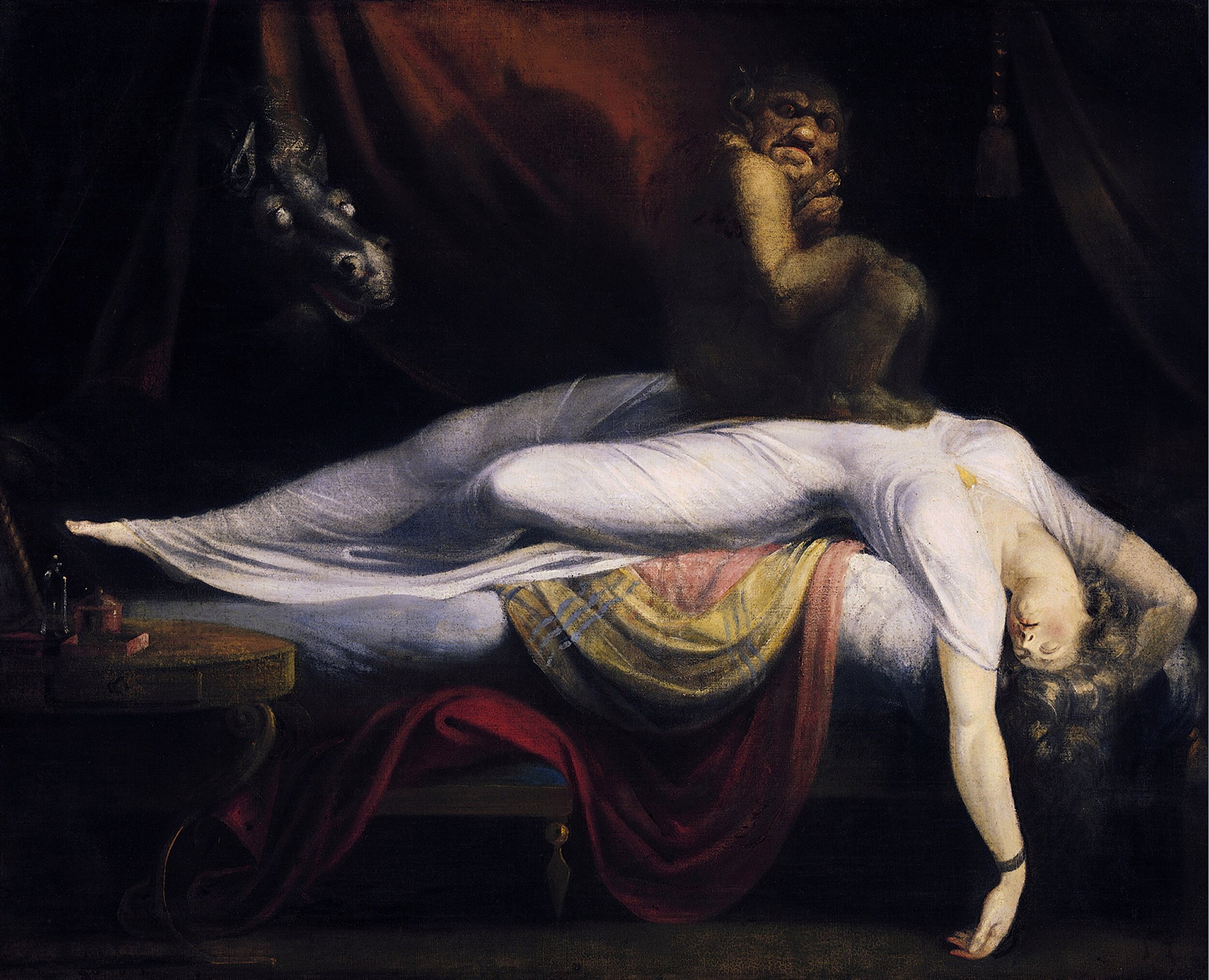
The Gothic
Course Description
This course introduces students to the major features of Gothic narrative, a form that emerges at the same time as the Enlightenment, and that retains its power into our present. Gothic narratives were among the most diverting and entertaining reading of their age and have retained that power up to the present. Surveying Gothic novels, as well as closely related fantastic novellas and ghost tales, we will learn about the defining features of the form and investigate its meaning in the cultural imagination. These range from the entertainment power of their spectacles to their ability to represent irrational forces in a secular age: forces that range from barbaric human practices, to supernatural activity, to the re-enchantment of modern existence. In conclusion, students will write a fantastic tale or ghost story, using the conventions we have studied in the course.
Calendar
Week 1-Introduction
Section1 Introduction. Gothic Themes, Horror, Terror, Sublime
Section2 Johann Heinrich Fuessli (1741-1825), Nightmare (1781); Francisco Goya (1746-1828), The sleep of reason produces monsters (1797-1799)
Week 2: Gothic Mansions
Section1 Horace Walpole (1717-1797), The Castle of Otranto (1764) (I-II)
Section2 Horace Walpole (1717-1797), The Castle of Otranto (1764) (III-IV)
Week 3: Damsels in Distress
Section1 Jane Austen (1775-1817), Northanger Abbey (1817) (ch. 1-10)
Section2 Jane Austen (1775-1817), Northanger Abbey (1817) (ch. 11-end)
Week 4: Gothic Kinship
Section1 Matthew Gregory Lewis (1775-1818), The Monk (1796) (ch. 1-7)
Section2 Matthew Gregory Lewis (1775-1818), The Monk (1796) (ch. 8-12)
Week 5: Jailers and Prisoners
Section 1 William Godwin (1756-1836), Caleb Williams (1794) (Selections)
Section2 William Godwin (1756-1836), Caleb Williams (1794) (Selections)
Week 6: Who is the Monster?
Section 1 Mary Shelley (1797-1851), Frankenstein (1818) (Letter 1-ch. 10)
Section2 Mary Shelley (1797-1851), Frankenstein (1818) (ch. 11-24)
“Others”
Week 7: The Exotic Other
Section1 Victor Hugo (1802-1885), The Hunchback of Notre-Dame (1831)
Section2 Victor Hugo (1802-1885), The Hunchback of Notre-Dame(1831)
Week 8: The Exotic Other
Section1 Bram Stoker (1847-1912), Dracula (1897), (ch. 1-13)
Section2 Bram Stoker (1847-1912), Dracula (1897), (ch. 1-13)
Week 9: The Spectral Others
Section1 Henry James (1843-1916), The Turn of the Screw (1898), (ch. 1-12)
Section2 Henry James (1843-1916), The Turn of the Screw (1898), (ch. 13-24)
Week 10: Conclusions+Posters
Section 1 Conclusions
Section2 Poster Presentations
Additional Readings
Michel Foucault, Discipline and Punish
Michael Camille, The Gargoyles of Notre-Dame
Terry Castle, “The Spectralization of the Other in The Mysteries of Udolpho”
Kate Ellis, The Contested Castle
Edmund Burke, A Philosophical Enquiry into the Origin of Our Ideas of the Sublime
Ruth Perry, Novel Relations
Ann Williams, The Art of Darkness
Agnes Andeweg & Sue Zlosnik, Gothic Kinship
Sigmund Freud, The Uncanny
Matthew Gibson, “Dracula and the East”
Ann Radcliffe, “On the Supernatural in Poetry”



